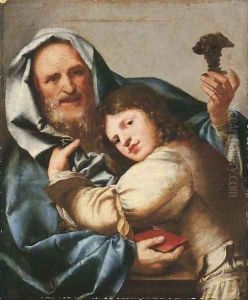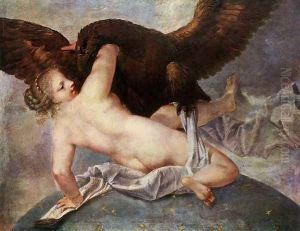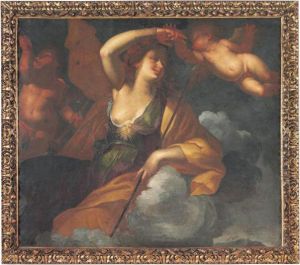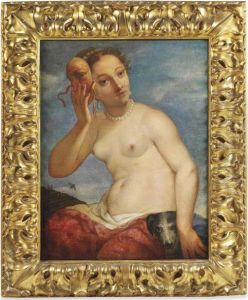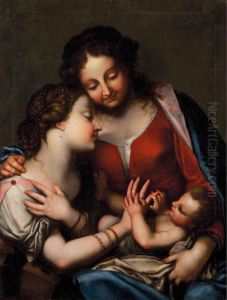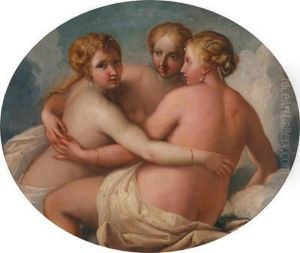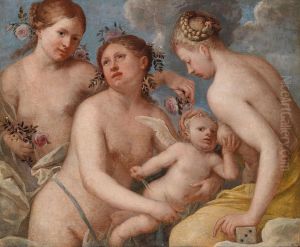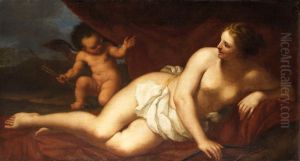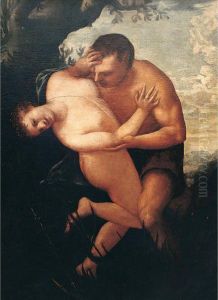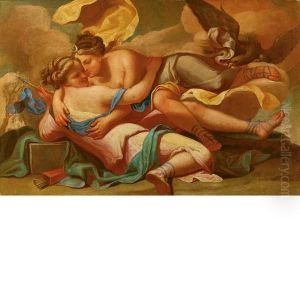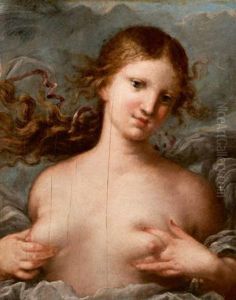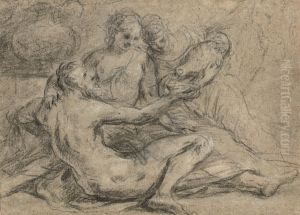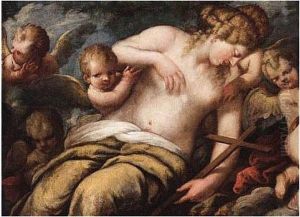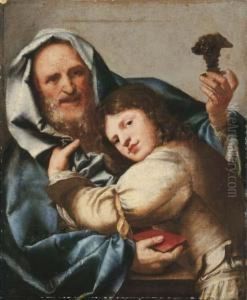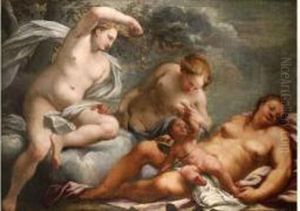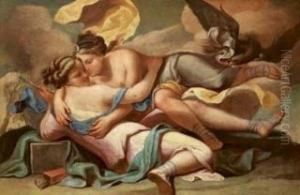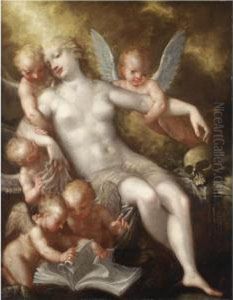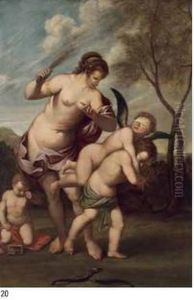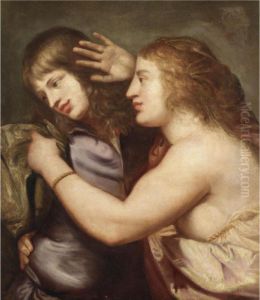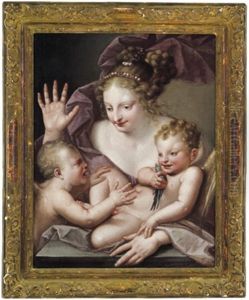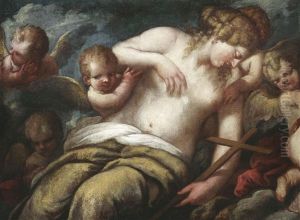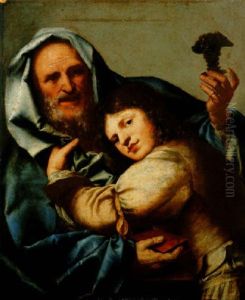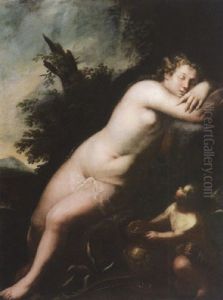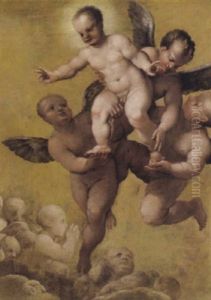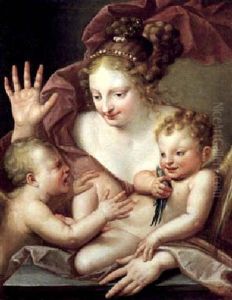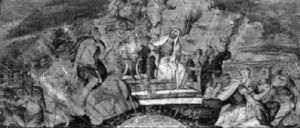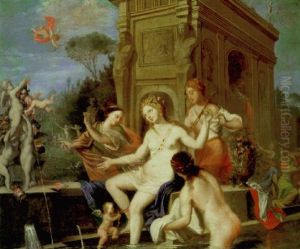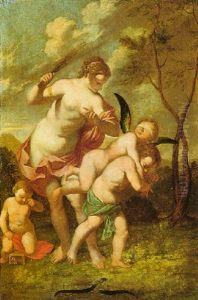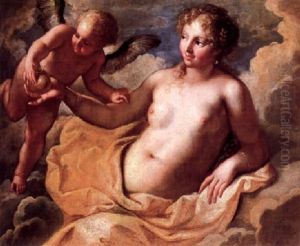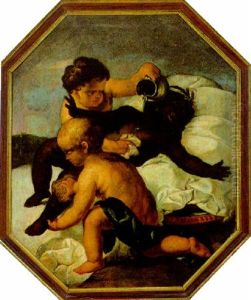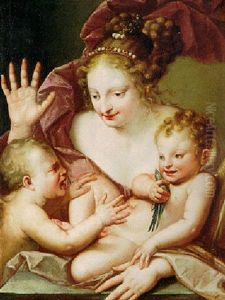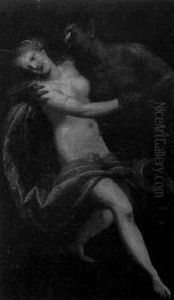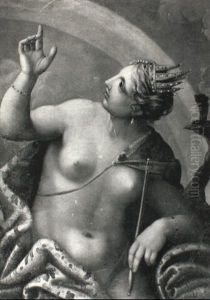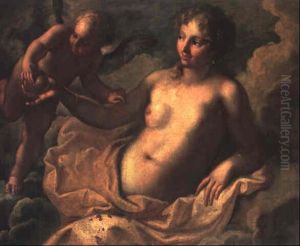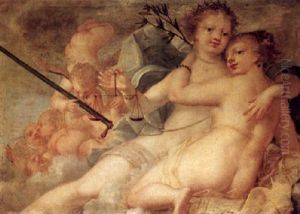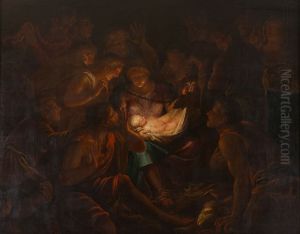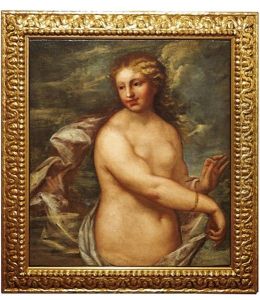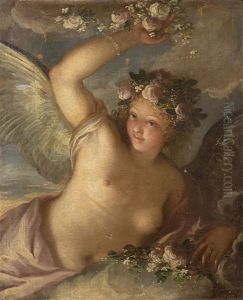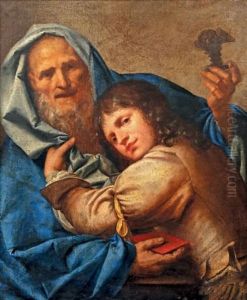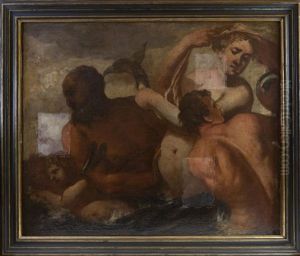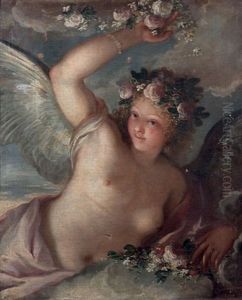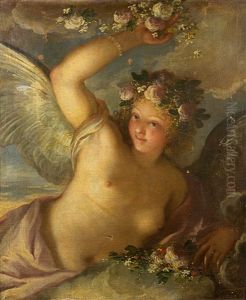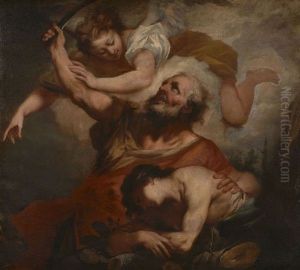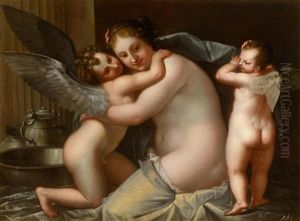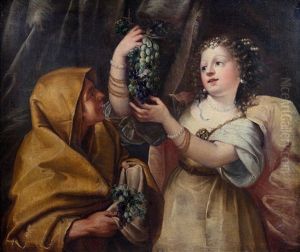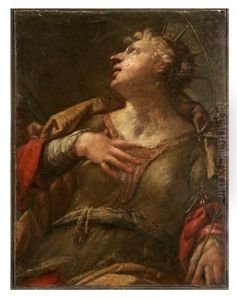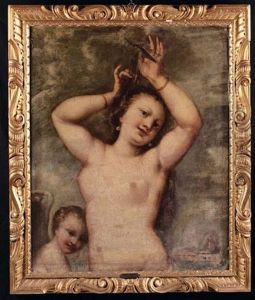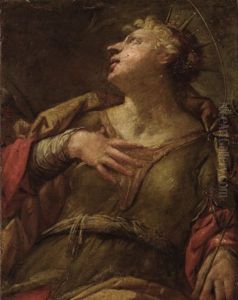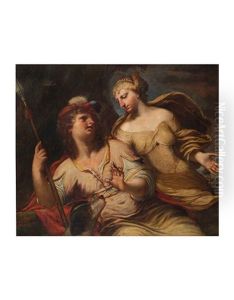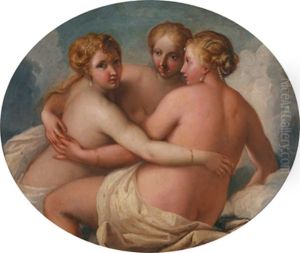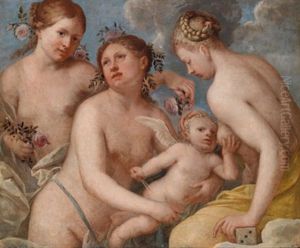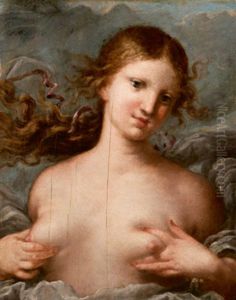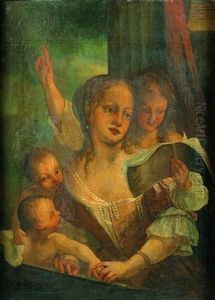Marco Liberi Paintings
Marco Liberi was an Italian painter of the Baroque period, born in 1640 in Venice, Italy. He was the son of the prominent painter Pietro Liberi, who was also known as Il Libertino. Marco followed in his father's footsteps and became a skilled painter in his own right. He was known for his dynamic compositions and the ability to capture dramatic light effects, which were characteristic of the Baroque style.
Marco Liberi's initial education in the arts came from his father, who was one of the leading Venetian painters of his time and a direct competitor of the famous artist Luca Giordano. Under Pietro's tutelage, Marco developed a strong foundation in drawing and painting, which he later enhanced by studying the works of other great masters.
Despite the overshadowing fame of his father, Marco managed to carve out his own career and reputation. He worked primarily in Venice but also received commissions from other Italian cities. His works included religious subjects, mythological scenes, and portraits. Marco Liberi's paintings were known for their vivid colors, expressive figures, and the effective use of chiaroscuro—a technique that plays with strong contrasts between light and dark areas to achieve a sense of volume in modelling three-dimensional objects and figures.
Unfortunately, Marco Liberi's life and career were relatively short-lived. He died in 1687, at the age of 47. The exact circumstances of his death remain unclear, but it is known that he had produced a considerable body of work that contributed to the rich tapestry of Baroque art in Italy. His legacy may not be as extensively documented as that of other artists from the same period, but his contribution to the arts is nonetheless recognized by art historians and enthusiasts who study the Baroque era.
